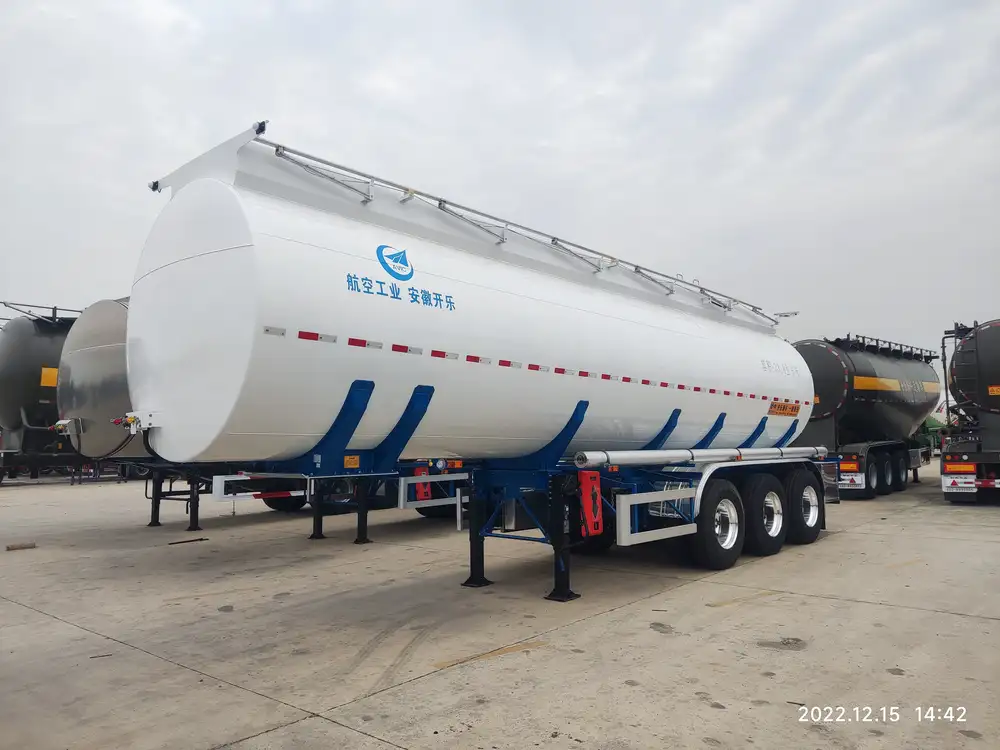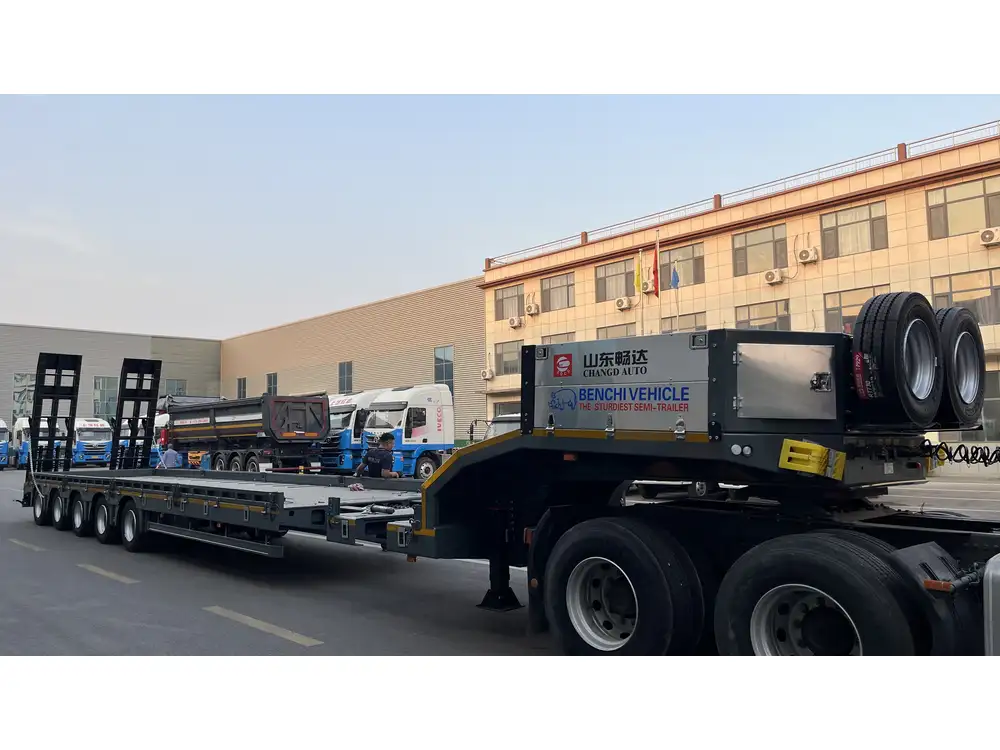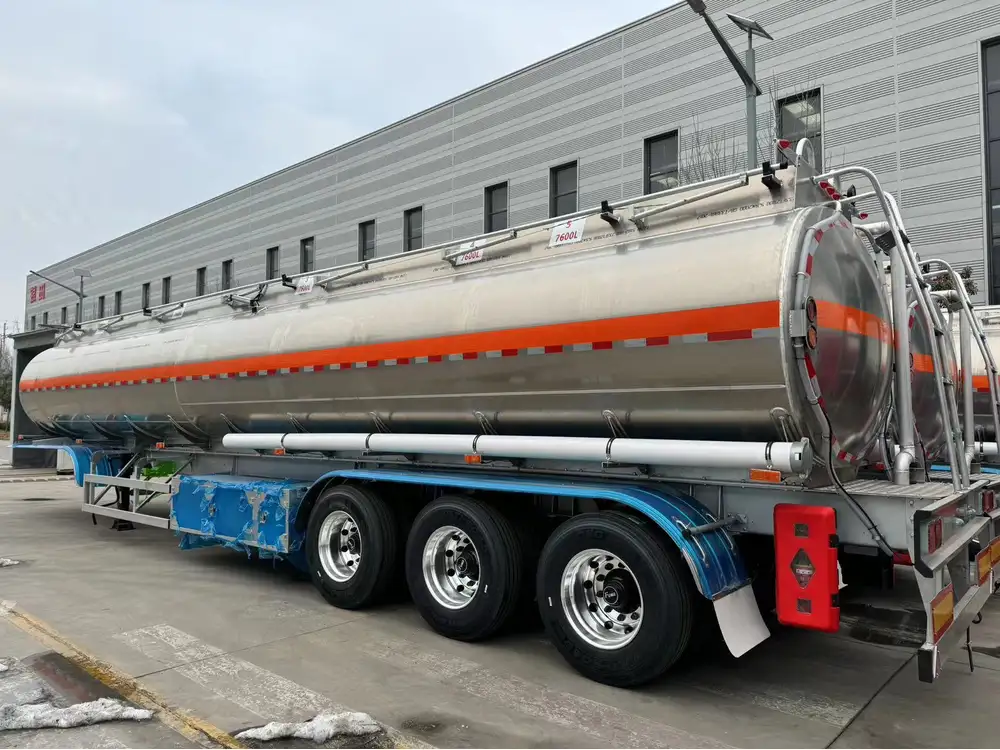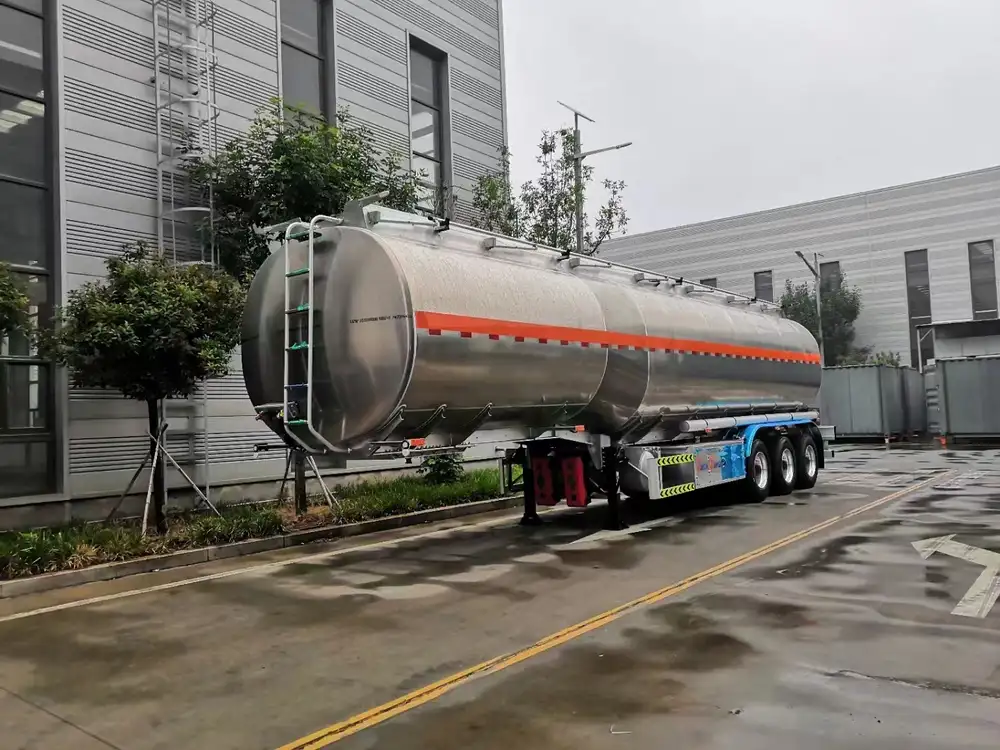Scaling a semi-truck and trailer is an essential aspect of ensuring compliance with weight regulations and optimizing load efficiency in the logistics and transportation industry. Properly scaling your truck and trailer not only enhances operational efficiency but also mitigates the risk of fines and penalties related to overweight loads. This article delves into the nuanced process of scaling a semi-truck and trailer, examining best practices, compliance regulations, and key factors that influence load distribution.
Understanding the Importance of Proper Scaling
The Weight Limits
Understanding weight limits is crucial for safe and legal trucking operations. The federal and state regulations define maximum weight limits that a semi-truck and trailer can carry. The Gross Vehicle Weight Rating (GVWR) indicates the maximum safe weight a vehicle can handle. It’s vital to know the following components:
- Gross Vehicle Weight (GVW): The total weight of the truck, trailer, and cargo.
- Load Distribution: Properly distributing weight across axles to avoid overloading.
- Federal Bridge Formula: A mathematical formula used to calculate allowable weights on bridges based on axle configuration.
| Weight Type | Definition |
|---|---|
| GVWR | Maximum weight of the vehicle including cargo and passengers |
| Gross Axle Weight (GAW) | The weight borne by each axle during a loading scenario |
| Net Weight | Weight of the cargo minus the weight of the trailer |
| Payload Capacity | Maximum cargo weight a vehicle can safely carry |

Compliance and Safety
Failing to adhere to weight regulations not only results in financial penalties but also poses a risk to road safety. Overweight trucks can lead to:
- Increased tire wear
- Reduced braking efficiency
- Greater likelihood of road damage
Understanding the consequences underlines the necessity of scaling and compliance as a preventative measure.
How to Scale a Semi Truck and Trailer Effectively
Scaling is a multi-step process that requires attention to detail and adherence to regulations. Here’s a systematic breakdown:
Step 1: Preparing for the Scale
Before proceeding to a weigh station, ensure your truck is loaded correctly. Proper load preparation includes:
- Cargo Placement: Distributing weight evenly throughout the trailer.
- Securement: Using appropriate tie-down methods to prevent shifting during transit.
- Documentation: Ensuring you have all necessary paperwork, including load manifests and permits.

Step 2: Utilizing Weigh Stations
Locate Weigh Stations: Identifying weigh stations along your route can greatly assist in scaling effectively. Many states publish weigh station locations online.
Types of Weigh Stations:
- Public Weigh Stations: Often run by government agencies.
- Private Weigh Stations: Owned by companies or organizations, sometimes for a fee.
When you arrive at a weigh station, follow these guidelines:
- Parking: Park the truck and trailer in designated areas.
- Alignment: Ensure the truck is properly aligned with the scale.
- Weighing Process: Follow station protocols; some may require you to get out of the truck during the process.
| Weigh Station Type | Location | Accessibility |
|---|---|---|
| Public | Highways and interstates | Generally open to all |
| Private | Near shipping lots or terminals | May require payment |
Step 3: Reading the Scale
Understanding the scale readouts is critical. Major points of interest include:
- Overall Weight: Total load including truck and trailer.
- Axle Weights: Individual weights for each axle group.
- Comparison: Checking the readouts against legal weight limits and your vehicle specifications.
Step 4: Adjusting Load Distribution
If your weight exceeds legal limits, you need to redistribute the load. Consider the following adjustments:
- Shift Cargo: Move cargo from the rear to the front or vice versa.
- Utilize Additional Trailers: If necessary, consider decreasing payload or adding a second trailer.
- Refueling Considerations: Remember that the weight of fuel needs to be accounted for, impacting overall scaling.

Step 5: Re-weighing After Adjustments
After triaging the weight distribution, return to the scale. Steps taken to ensure the re-weighing process:
- Repeat: Follow the same procedure as before for alignment and confirming weights.
- Documentation Check: Have your new weight measurements logged and compared to initial readings.
Common Scaling Challenges and Solutions
Understanding the common challenges faced in scaling and how to navigate them can save time and prevent unnecessary delays.
Overloaded Trailers

Causes:
- Misjudgment of load capacities.
- Lack of knowledge about regulations.
Solutions:
- Education: Keep updated with the latest laws and trailer specifications.
- Pre-Trip Inspections: Conduct a thorough pre-trip load assessment.
Uneven Load Distribution

Causes:
- Improper loading practices.
- Ignoring vehicle weight specifications.
Solutions:
- Utilize Load Bars: Using equipment to ensure even weight distribution.
- Training Truck Drivers: Regular training sessions focusing on load distribution can be beneficial.
Weather Considerations

Impact on Scaling:
Changes in weather, especially rain or snow, may affect the truck’s weight and handling.
Solutions:
- Adjust Fuel and Water Weights: Assess how load weight may alter due to weather conditions.
- Plan Routes: Consider weather forecasts when planning routes to avoid unnecessary delays.
Advanced Strategies for Optimizing Load Efficiency
Optimizing load efficiency can lead to significant cost savings and improved service delivery.

Implementing Technology
Weighing Systems
Trucking companies can invest in on-board weighing systems, which provide real-time weight monitoring. These can:
- Eliminate the need for frequent weigh station stops.
- Help in making instantaneous load adjustments.
Route Optimization Software
Utilizing software technologies to optimize routes can save time and reduce fuel consumption.

Regular Maintenance Checks
Frequent maintenance checks, particularly on axles and brakes, can ensure that trucks remain within weight limits and safe for operation. Key aspects include:
- Tire Pressure Checks: Maintaining appropriate tire pressure can influence vehicle weight management.
- Brake Efficiency: Ensure brakes are in good condition to handle different load weights.
| Maintenance Task | Frequency | Purpose |
|---|---|---|
| Tire Pressure Check | Weekly | Ensure proper weight handling |
| Brake Inspection | Bi-weekly | Confirm safe braking efficiency |
| Axle Alignment | Monthly | Maintain optimal load balance |
Conclusion
Scaling a semi truck and trailer is not merely a procedural formality; it is an intricate process pivotal to the health of transportation operations. Understanding how to properly navigate through weight limits, utilize weigh stations, and adjust loads as necessary will not only facilitate compliance but also optimize operational efficiency. By engaging in continual learning and adopting advanced technologies, trucking professionals can minimize challenges, enhance safety, reduce costs, and contribute positively to the environment as a result of efficient logistics practices. Embracing these strategies ensures that your transportation business remains agile and resilient in a dynamic industry landscape.



